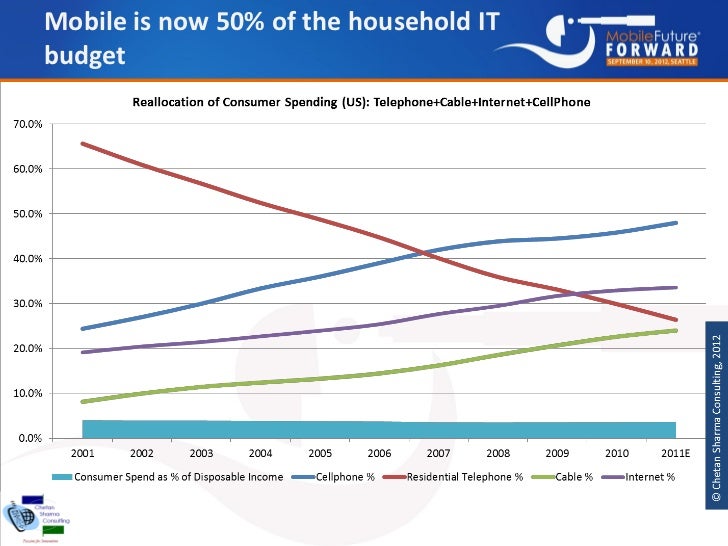S&P Global senior writer Sarah James takes a look at telco dividends, and the future for such payments.
The problem is that an industry once characterized by slow growth and rich dividend-paying now is a mix of firms that do not pay dividends, firms that pay, but arguably cannot afford to do so, and a few that might eventually find their way to sustain the traditional model.
The big challenge is what happens if big dividend payers discover they cannot sustain even slow growth, with moderately-high earnings and cash flow sufficient to pay the dividends. It will not attractive to be a negative-growth, no-dividend company.
It might prove difficult--maybe impossible--to make the transformation to high-growth, no-dividend status. That narrows options greatly, for the remaining dividend payers.
Disappearing dividends deepen divide between AT&T, Verizon and smaller telcos.
The problem is that an industry once characterized by slow growth and rich dividend-paying now is a mix of firms that do not pay dividends, firms that pay, but arguably cannot afford to do so, and a few that might eventually find their way to sustain the traditional model.
The big challenge is what happens if big dividend payers discover they cannot sustain even slow growth, with moderately-high earnings and cash flow sufficient to pay the dividends. It will not attractive to be a negative-growth, no-dividend company.
It might prove difficult--maybe impossible--to make the transformation to high-growth, no-dividend status. That narrows options greatly, for the remaining dividend payers.
Disappearing dividends deepen divide between AT&T, Verizon and smaller telcos.

